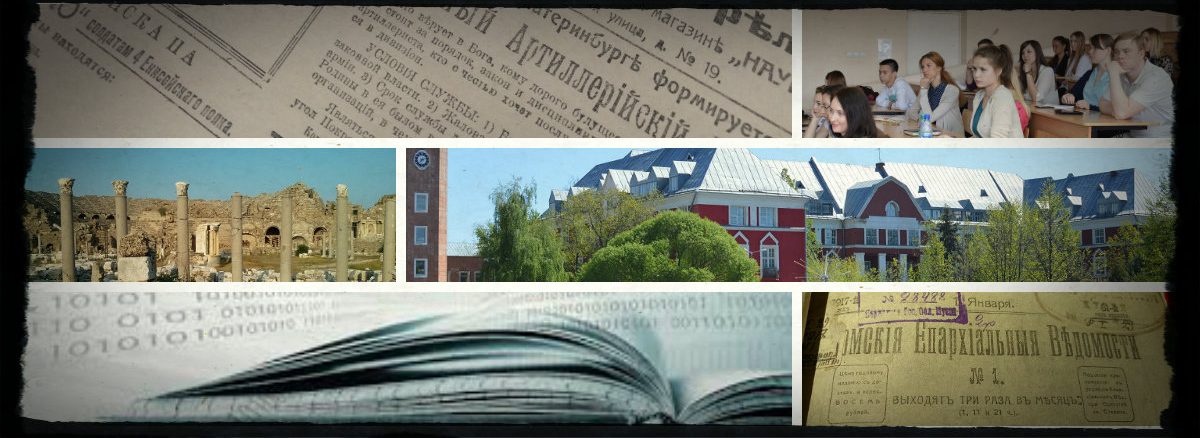The September 11 Digital Archive uses electronic media to collect, preserve, and present the history of September 11, 2001 and its aftermath. The Archive contains more than 150,000 digital items, a tally that includes more than 40,000 emails and other electronic communications, more than 40,000 first-hand stories, and more than 15,000 digital images. In September 2003, the Library of Congress accepted the Archive into its collections, an event that both ensured the Archive's long-term preservation and marked the library's first major digital acquisition.
Initially funded by a major grant from the Alfred P. Sloan Foundation and organized by the American Social History Project at the City University of New York Graduate Center and the Roy Rosenzweig Center for History and New Media (RRCHNM) at George Mason University, the Archive is contributing to the on-going effort by historians and archivists to record and preserve the record of 9/11 by collecting and archiving first-hand accounts, emails and other electronic communications, digital photographs and artworks, and a range of other digital materials related to the attacks. The Archive is also using these events as a way of assessing how history is being recorded and preserved in the twenty-first century and as an opportunity to develop free software tools to help historians to do a better job of collecting, preserving, and writing history in the new century.
Our goal is to create a permanent record of the events of September 11, 2001. To these ends the Archive has partnered with the Library of Congress, which in September 2003 accepted a copy of the Archive into its permanent collections – an event that both ensured the Archive’s long-term preservation and marked the Library’s first major digital acquisition.
In 2011, the project received a Saving America's Treasures Grant, from the National Park Service and the National Endowment for the Humanities, to ensure its long-term perservation. During this grant, RRCHNM migrated the Archive to theOmeka software and relaunched the website on a more stable platform.
Through maintaining these collections, we hope to foster some positive legacies of those terrible events by allowing people to tell their stories, making those stories available to a wide audience, providing historical context for understanding those events and their consequences, and helping historians and archivists improve their practices based on the lessons we learn from this project.
Источник описания:The September 11 Digital Archive
